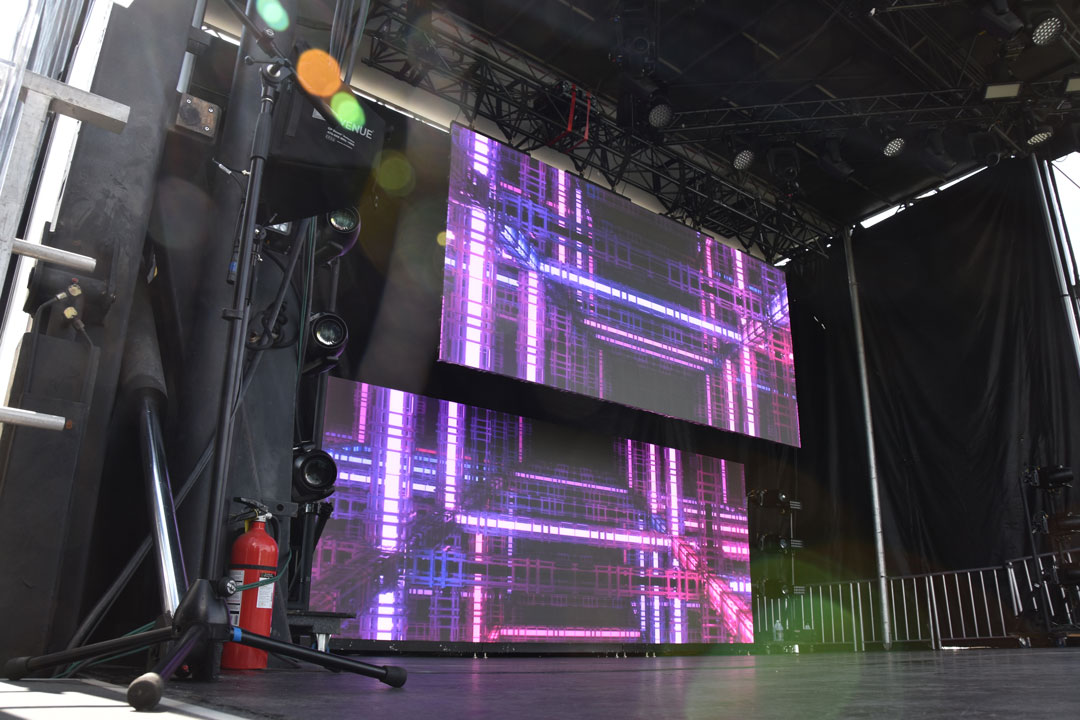The initial step in guaranteeing color accuracy is understanding how LED technology works. LEDs, or light-emitting diodes, produce light in various colors by mixing red, green, and blue (RGB) light. Each dot on an LED wall consists of these three colors. When tuned properly, the mix of RGB can produce a wide range of colors. However, if one color is too bright or too dim, it can throw off the entire display. This is why calibration is necessary to equalize the hues and achieve the desired visual effect.
Calibration entails adjusting the settings of the LED screen to ensure that the colors shown match the original content as nearby as possible. This process usually includes using specific software and hardware instruments. Technicians often use color assessment devices, such as color meters, to analyze the hues being displayed. By comparing the measured hues to standard color standards, they can make precise modifications. This guarantees that the colors are not only lively but also uniform across the entire screen.
Another important factor of color accuracy is understanding the surroundings in which the LED wall is used. Elements such as surrounding light can significantly impact how hues appear. For instance, a well-lit illuminated room may fade colors, making them look not as vibrant. To mitigate this, technicians may modify the brightness and differentiation settings of the LED wall. Additionally, they may select specific color profiles that are more suited for various lighting conditions. This flexibility helps preserve color accuracy regardless of the observing environment.

Finally, regular maintenance and recalibration are crucial for maintaining an LED wall looking its best. Over time, the functionality of LEDs can alter due to factors like aging and heat fluctuations. Frequent checks and adjustments can help guarantee that the hues remain accurate and lively. By investing time in proper tuning and upkeep, venues can provide viewers with breathtaking visual displays that improve their overall experience. Perfecting color accuracy in LED wall tuning led wall alignment techniques is not just a technical task; it is an art that contributes to the magic of graphic narration.